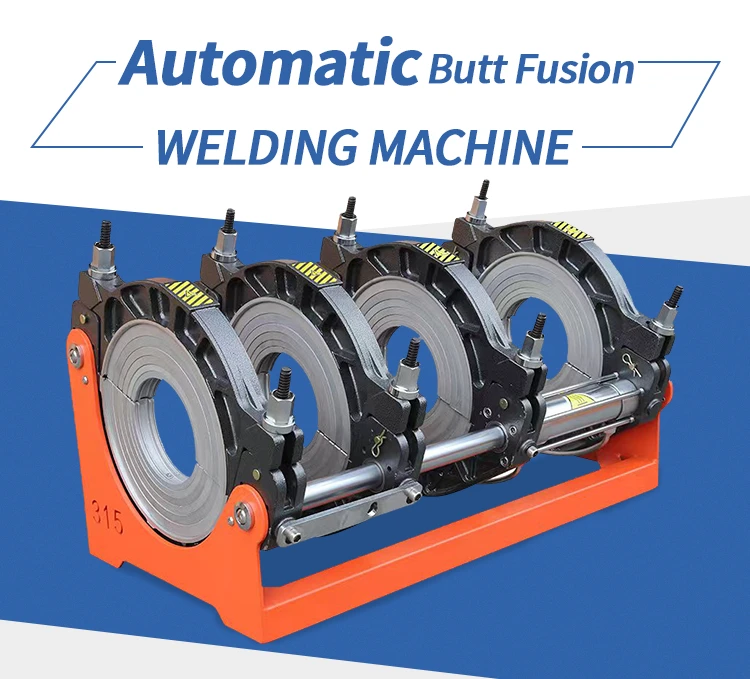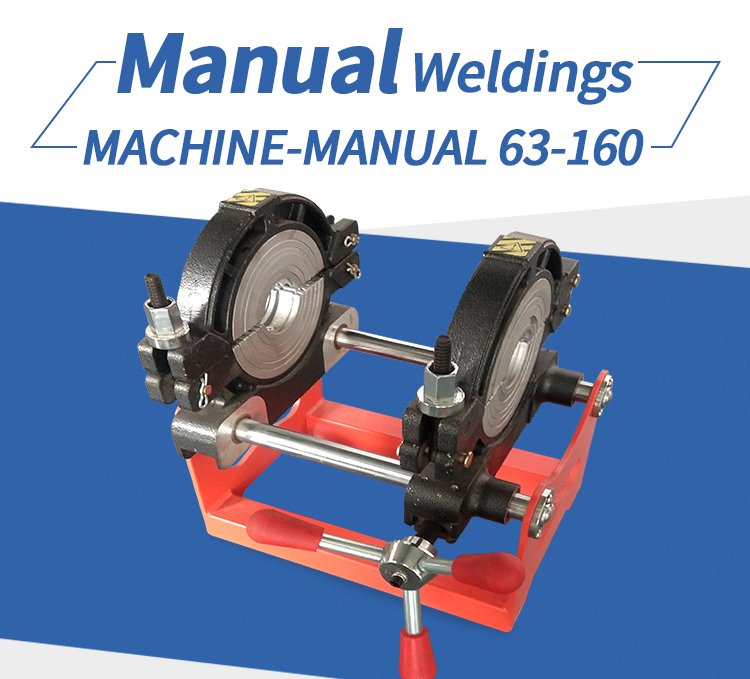Septic tank is an indispensable supporting living facility for people's life. Its main function is to remove the sedimentable and suspended dirt in domestic sewage, store and anaerobically digest the sludge that settles at the bottom of the tank, and concentrate the sludge to facilitate sewage disposal. The cleaning and treatment of mud has played a role in protecting the environment to a certain extent. Septic tanks are widely used at home and abroad. With the continuous improvement of urban sewage treatment rate and the problems caused by plastic septic tanks are becoming more and more prominent. Make the setting of the plastic septic tank the focus of attention. As a professional plastic septic tank manufacturer, our factory mainly provides plastic septic tanks made of pe and smc materials. In order to facilitate customers to purchase plastic septic tanks, the author deliberately puts the parameters of pe plastic septic tanks and smc plastic septic tanks below for customer reference.
| PE Septic Tank | SMC Septic Tank | ||||
| Specification | Septic Tank Sizes | Nozzle Sizes | Septic Tank Sizes | Nozzle Sizes | |
| 1.0m³ Split Septic Tank | 1740*975*940*4mm | 400*315*315 | 174*97.8*49.5 | 200*315*200 | |
| 1.2m³ Split Septic Tank | 2009*1082*1037*4mm | 315*200*315 | 181.8*117.8*59.8 | 200*315*200 | |
| 1.5m³ Split Septic Tank | 2035*1130*1100*5mm | 400*200*315 | 181.8*117.8*59.8 | 200*315*200 | |
| 2.0m³ Split Septic Tank | 2355*1210*1165*7mm | 315*200*200*315 | / | / | |
| 2.5m³ Split Septic Tank | 2760*1220*1200*7mm | 400*200*200*400 | / | / | |
A previous customer bought a plastic septic tank to hold water other than drinking water. The use of plastic septic tanks is often associated with the drainage system. When some customers order a large number of plastic septic tanks, they will also discuss with us the service life of the plastic septic tank and the transformation of the plastic septic tank. The following is a brief introduction to the drainage system for customers. Discussion on the development trend of plastic septic tanks.
Problems in the use of plastic septic tanks
The design of plastic septic tank has been standardized and serialized, but as a simple appendage of a building, it has not attracted the attention of design, construction and management personnel. Often, the designer first selects the standard drawing, and then the construction personnel construct it according to the drawing. Sometimes cut corners and poor construction occurred. Due to the lack of relevant regulations and corresponding measures in municipal management, the user units are also negligent in management and left to their own devices. In the end, the plastic septic tank not only lost its proper function, but also caused many new problems.
Plastic septic tank leaking
According to relevant data reports, more than 95% of ordinary brick-concrete plastic septic tanks begin to have serious leakage after 1 to 2 years of use. Because the problem has not been taken seriously, it has seriously polluted underground water sources and urban underground water supply pipes, directly threatening the lives and health of residents. Taking Beijing as an example, in the middle of the last century, groundwater can be directly drunk when it reaches about 90 m. However, in the urban area of Beijing today, the water quality in rock formations within 300 m below the surface has been seriously polluted, mainly due to the leakage of plastic septic tanks and the extensive use of pesticides in farmland. Severe leakage of plastic septic tanks will also lead to soft ground near the building, resulting in different degrees of inclination of the building, affecting the building foundation and
Housing security.
Large investment, poor effect, difficult to guarantee the quality of effluent water
The disadvantages of traditional plastic septic tanks are the lack of technical content, low organic matter removal rate, sedimentation and anaerobic digestion in the same tank, direct contact between sewage and sludge, resulting in acidic effluent, stench, and acidity after passing through the plastic septic tank. After fermentation, acidic sewage has a corrosive effect on urban sewers. Moreover, due to neglect of management, the plastic septic tank that should have been cleaned once a year has not been cleaned for several years or even more than ten years since it was built. The plastic septic tank is full of sediment, and the effective volume is gradually reduced, and it has actually become a flow tank. In a few areas without municipal pipe network, the discharged sewage is directly discharged into rivers and lakes without treatment, causing serious pollution to the surrounding water environment.
Methane Poisoning and Explosions
During the digestion and processing of feces, a large amount of carbon dioxide, methane, hydrogen sulfide and other gases are produced, commonly known as biogas. There is almost no air in the pool, and the liquid surface is filled with a relatively high concentration of combustible gas. When the slag removal staff lifts the cover plate on the top of the pool to remove slag and absorb slag, there will be a danger of suffocation and casualties. Moreover, if the air is poured into the pool and mixed with the combustible gas in the pool, it will cause an explosion and burn the human body.
Sewage overflows. Affect environmental sanitation and people's lives
Fecal overflow can be divided into structural overflow and sudden overflow. Structural fecal overflow is caused by problems in the trench itself, and sudden fecal overflow is caused by a certain part of the pipe being blocked or due to excessive feces accumulated in the plastic septic tank. The overflow of feces and sewage seriously affects the life and travel of residents, and it is easy to breed mosquitoes and flies, etc., and the odor is pervasive, posing a great threat to health and the environment. At present, reports about plastic septic tanks are not uncommon. Because it is the treatment structure closest to the households and has the most direct impact, it has attracted people's attention.
Improve traditional plastic septic tanks and increase their technical content
In urban or rural areas with imperfect drainage facilities or lack of sewage treatment facilities, it is very necessary to build plastic septic tanks. Human excrement is dispersed into the soil as an organic fertilizer, which can replace 20% to 25% of the amount of chemical fertilizer used in the production of human food and animal feed. On the one hand, human excrement can provide the nutrients needed for crop growth, and on the other hand, it can also reduce soil degradation. However, in urbanized areas, returning a large amount of human excrement and urine to fields will inevitably involve collection and transportation problems, which also makes it an important source of pollution for eutrophication of surface water bodies. At present, a lot of research has been carried out at home and abroad, combining plastic septic tanks and artificial wetlands, planting ornamental plants and other commercial flowers in artificial wetlands, and increasing the aesthetic value and economic benefits of artificial wetlands. At the same time, human excrement and urine can reach the standards of detoxification, sterilization, oxygenation, sanitation and harmlessness. In many developed countries, the technical level of plastic septic tanks has already surpassed the concept of traditional plastic septic tanks. In the 1970s, Japan began to use integral plastic septic tanks made of high-strength fiberglass materials to replace traditional brick-concrete plastic septic tanks. In the 1990s, with the rapid development of biological treatment technology, the quality of effluent water after plastic septic tank treatment has reached the level of reclaimed water reuse technology, turning the original ordinary plastic septic tank into a high-efficiency small integrated sewage Processing equipment. Such equipment includes: improved plastic septic tanks, three-dimensional multi-trough plastic septic tanks, aerobic aerated plastic septic tanks, sterilized plastic septic tanks, sealed septic devices with lift pumps, etc.
In my country, some enterprises have learned from the mature technical experience of western developed countries and independently developed biogas plastic septic tanks, non-leakage environmentally friendly plastic septic tanks, integrated biological plastic septic tanks and ecological energy-saving plastic septic tanks that meet my country's national conditions. Waiting for plastic septic tank 071. The environmentally friendly plastic septic tank is made of glass fiber reinforced plastic, with special filler inside to realize the complete mixing of sewage and anaerobic sludge. It has the characteristics of labor saving, time saving, money saving, acid and alkali resistance, and the normal service life can reach 50 years. The integrated biological plastic septic tank is a cylindrical device made of glass fiber reinforced plastic and reinforced plastic. It integrates the traditional regulating tank, sedimentation tank, fermentation tank and filter tank into one container, with a dung storage bin and a filter bin inside. The wall of the warehouse is covered with fibers and mesh materials that are easy to hang biofilms, forming a multi-stage biofilm treatment device (see Figure 1) old j. The wastewater degradation route of this device is longer, and there are few impurities in the effluent. Since the anaerobic is more sufficient, the residual dung is less, and the ammonia nitrogen is also better degraded, which improves the purification efficiency.
Conclusion
In cities with relatively complete drainage systems, the use of plastic septic tanks can be eliminated. This measure can give full play to the role of sewage treatment plants, change decentralized treatment to centralized treatment, facilitate maintenance and management, and can completely solve various problems caused by plastic septic tanks. Economically, eliminating septic
The pool can avoid repeated investment and make investment more reasonable. In cities and vast rural areas where the drainage system is not perfect, plastic septic tanks will exist for a long time as a primary sewage treatment method, and can be combined with new
Xing's sewage ecological treatment technology combined. However, the plastic septic tank must be effectively managed, and the sludge should be cleaned regularly according to the cleaning period required by the design to ensure the normal use of the plastic septic tank. In addition, it has to go through the process from pollution to environmental protection, and the structural type will continue to develop and change to improve its efficacy, and finally achieve product standardization, service systematization, and management standardization.
Plastic septic tanks are a type of wastewater treatment system that are commonly used in residential and commercial settings. They are designed to collect and treat wastewater from homes, businesses, and other buildings, and are typically buried underground.
Here are some general specifications for plastic septic tanks:
Capacity: Plastic septic tanks are available in a range of sizes, typically ranging from 500 to 10,000 gallons. The size you choose will depend on the size of your household or building, and the amount of wastewater that is generated.
Material: Plastic septic tanks are made from high-density polyethylene (HDPE) or other types of plastic. HDPE is a strong, durable, and lightweight material that is resistant to corrosion and chemical damage.
Design: Plastic septic tanks are typically designed with two chambers, separated by a dividing wall. The first chamber receives the raw wastewater, which settles and separates into three layers: solids at the bottom, liquid in the middle, and grease and oil at the top. The liquid layer then flows into the second chamber, where further treatment takes place.
Inlet and Outlet: Plastic septic tanks have inlet and outlet pipes, which are usually located on opposite sides of the tank. The inlet pipe allows wastewater to enter the tank, while the outlet pipe allows treated wastewater to flow out of the tank and into a drain field.
Ventilation: Plastic septic tanks require ventilation to allow air to circulate and prevent the buildup of harmful gases such as methane. Vent pipes should be installed on the tank and extended above ground level.
Maintenance: Plastic septic tanks require regular maintenance to ensure they continue to function properly. This includes pumping out the solids layer every 3-5 years, inspecting the tank for cracks or damage, and ensuring that the inlet and outlet pipes are clear and functioning properly.
Local Regulations: It is important to check local regulations and building codes before installing a plastic septic tank. Some areas may have specific requirements for the size, design, and location of septic tanks, and may require permits or inspections before installation.
601.webp)
772.webp)
635.webp)
914.webp)
442.webp)
807.webp)
463.webp)
272532.webp)
102.webp)
115.webp)





659.webp)
210.webp)


